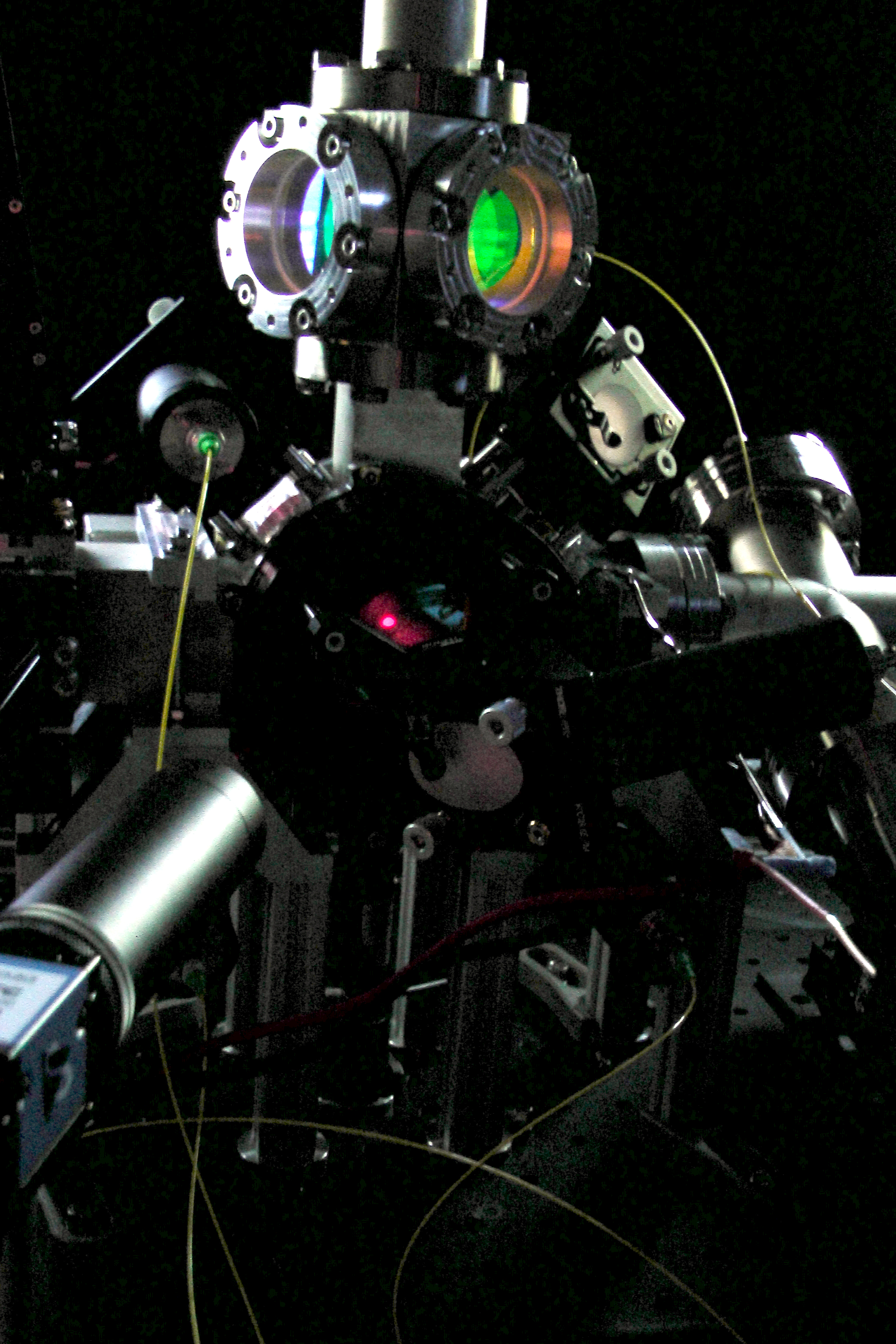Using ultrastable tunable lasers, atoms can be cooled down to near absolute zero temperatures. At these temperatures, microscopic particles exhibit quantum properties and in particular behave as waves. By tailoring further laser pulses these waves can be manipulated and used for sensing inertial effects or external fields. In addition, proving the internal atomic structure is the basis of the next generation of ultraprecise atomic clocks that are deemed to replace the Caesium time standard in the next few years.
At RAL Space we are working on the development of Space Atom Interferometers to be used as Gravity and Gravity Gradient sensors with applications in Geophysics and Planetary Science, Climate Change studies, and Fundamental Physics.
We have a number of internal and external collaboration partners. In particular, we work in partnership with RAL Space's Laser Spectroscopy and Electronics Development Groups. We are also actively collaborating with a number of academic partners as the universities of Birmingham, Strathclyde, and St. Andrews and with many industrial partners, Fraunhofer UK Research Ltd, RedWave Labs Ltd, ColdQuanta UK Ltd, Magnetic Shields Ltd., Clyde Space, Optocap Ltd, and M2 Lasers Ltd.
 Cold Atoms Poster.png
Cold Atoms Poster.png

Detail of the cold atom source section of RAL Space's gravity gradiometer
Credit: STFC RAL Space
For more information, please contact: Dr. Tristan Valenzuela – Quantum Sensors Group Leader or RAL Space Enquiries
